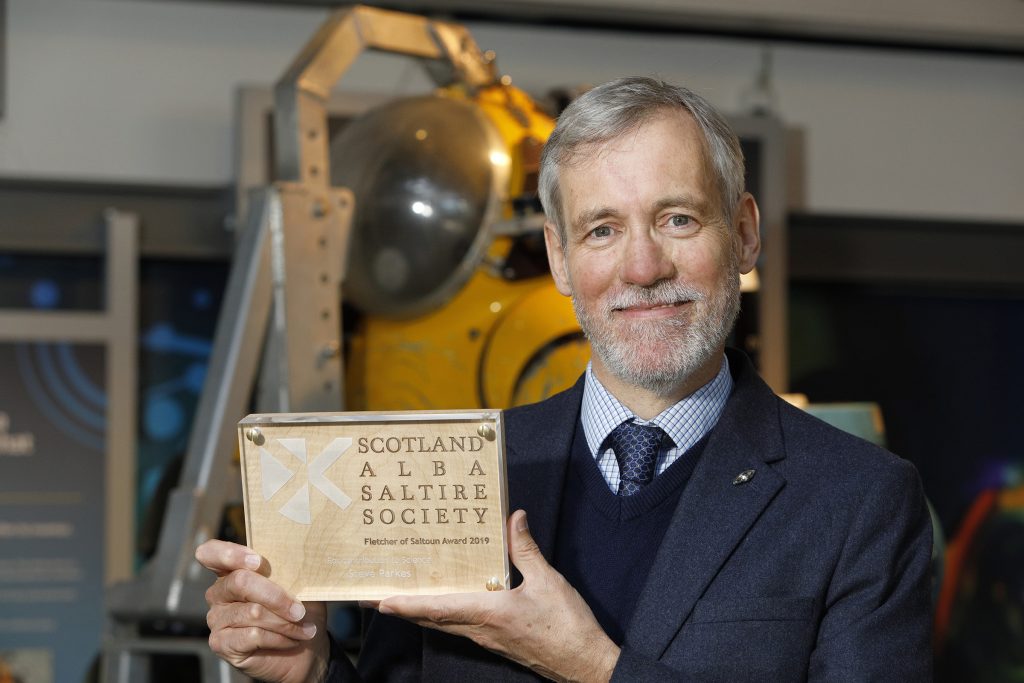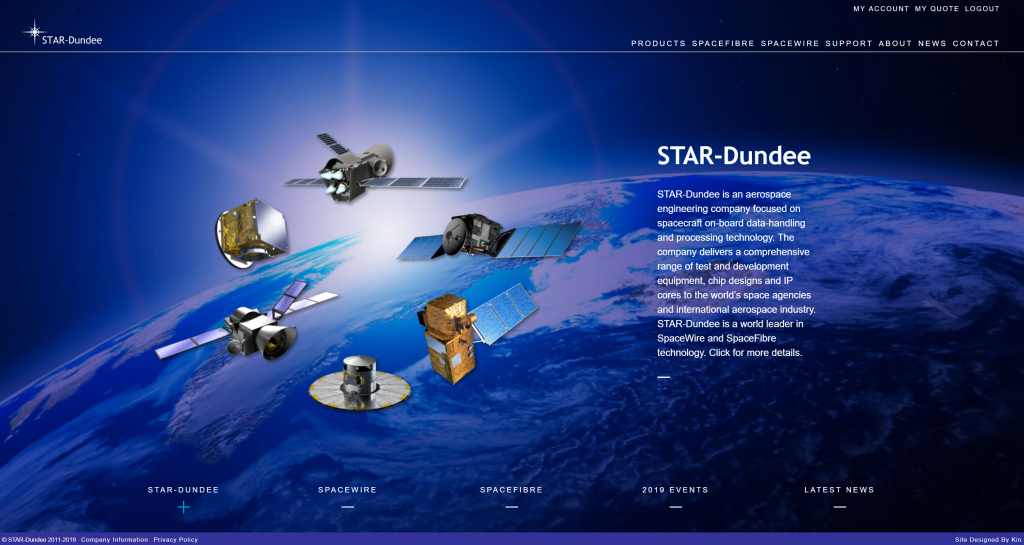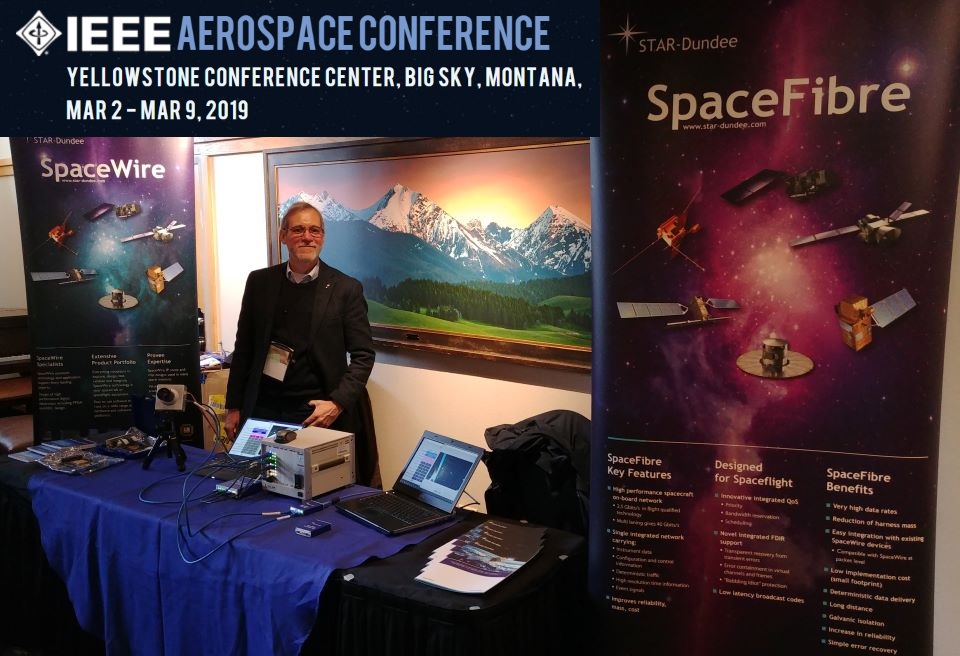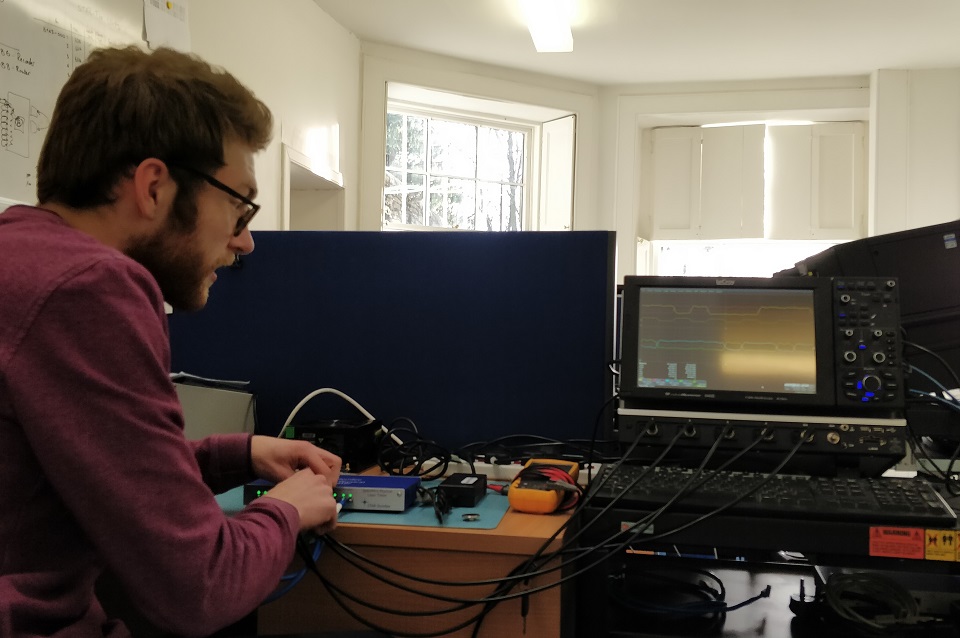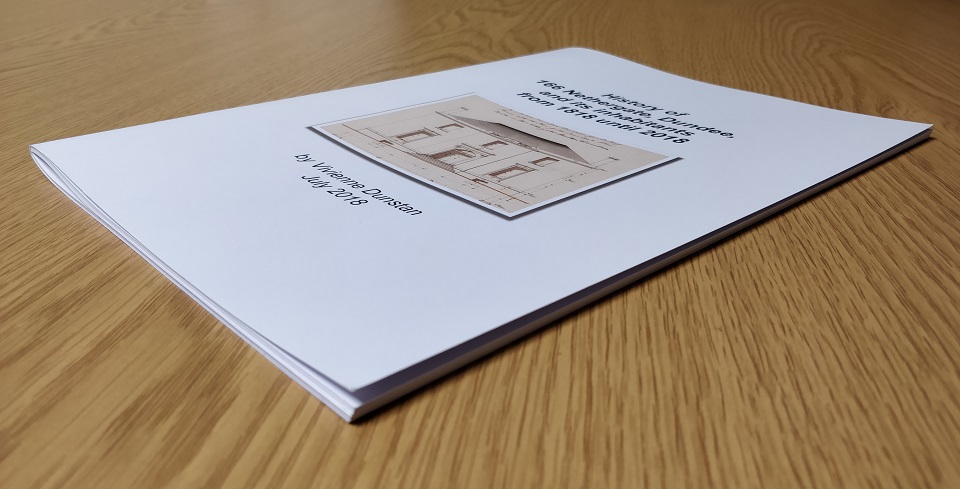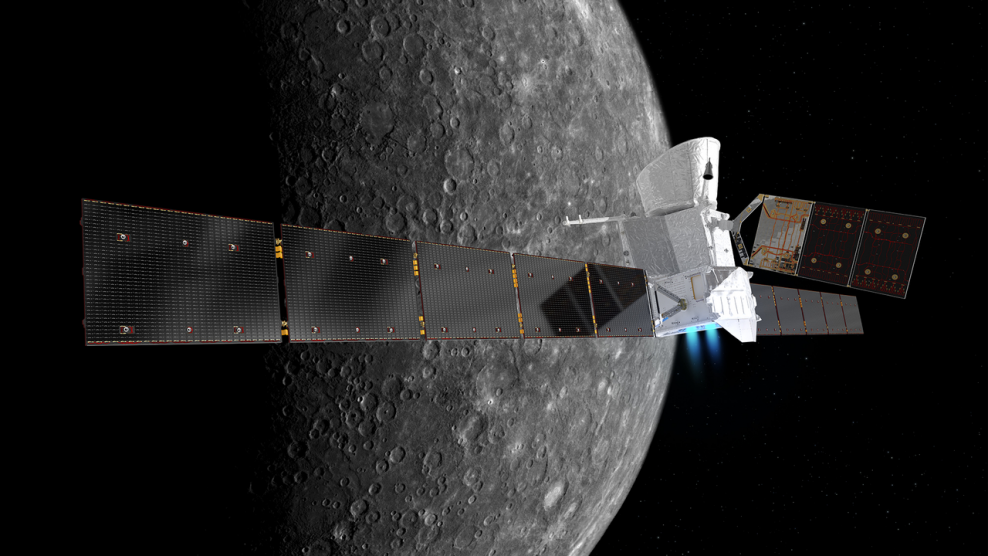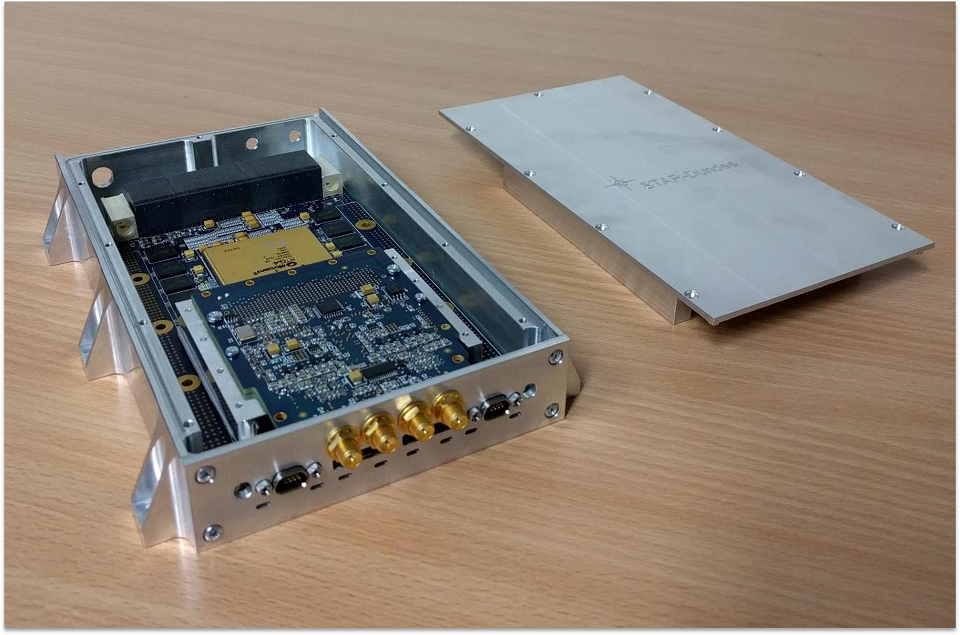We are delighted to announce that our Chief Technology Officer, Steve Parkes, was recently presented with a Fletcher of Saltoun Award by the Saltire Society. These awards recognise outstanding contributions to Scottish society across different walks of life.
Congratulations to Steve from everyone at STAR-Dundee on this award, which is well deserved!
In addition to founding STAR-Dundee and leading the company as first Managing Director and then CEO until 2017, Steve is responsible for writing the SpaceWire, RMAP and SpaceFibre standards with input from the international space community. These standards are now used in hundreds of spacecraft which are monitoring the Earth, exploring our Solar System, and studying the universe.
In his current position as CTO, Steve is continuing to lead our research and development activities, while contributing to the development of new standards. One of several projects that he is responsible for STAR-Dundee’s contribution to is Hi-SIDE. In this world-leading project, we are collaborating with partners from across Europe, including Airbus, DLR, Kongsberg and Tesat, to significantly increase the performance of spacecraft data chains. Steve’s knowledge in this field was recognised with his appointment as chair of the Hi-SIDE System Design Board by the project’s partners.
STAR-Dundee would also like to extend our congratulations to the other recipients of a Fletcher of Saltoun Award in 2019: Aileen Christianson, Di Gilpin and Jan Clarkson, each of whom have made significant contributions to Scottish society in their respective fields.
